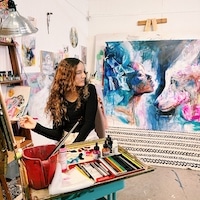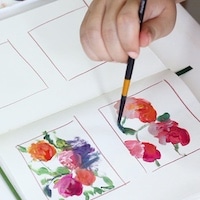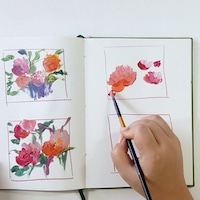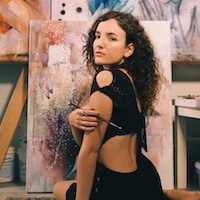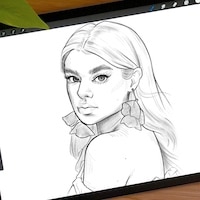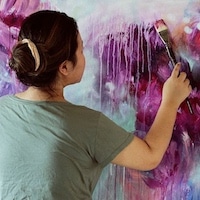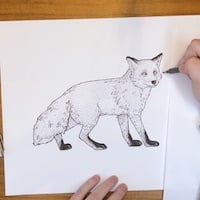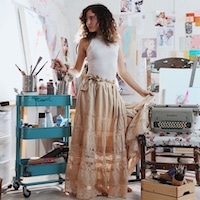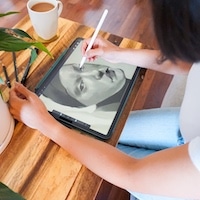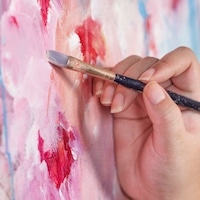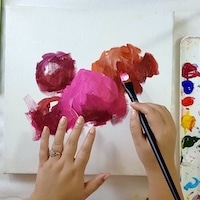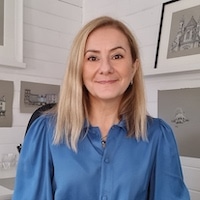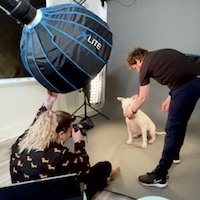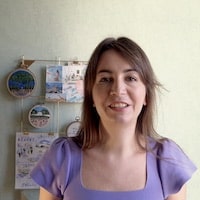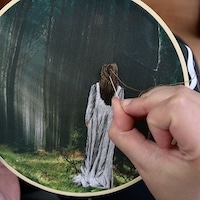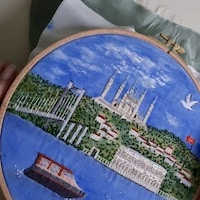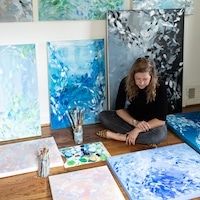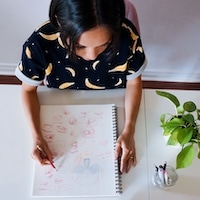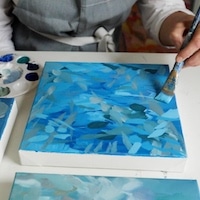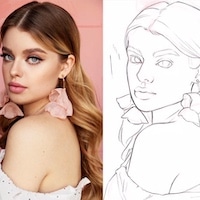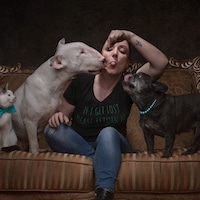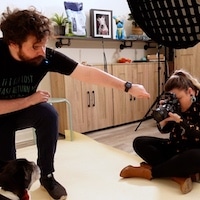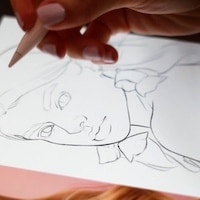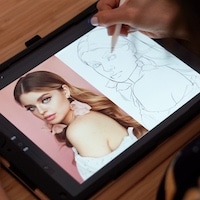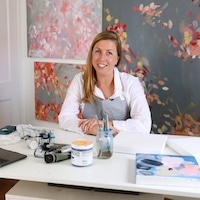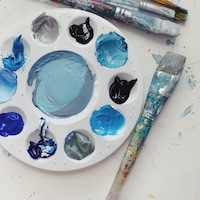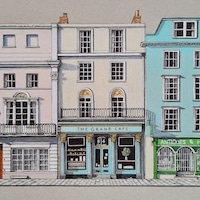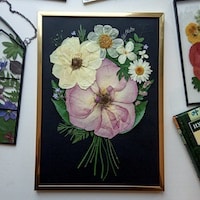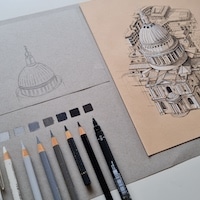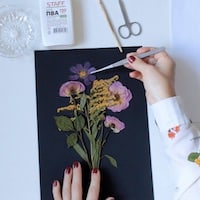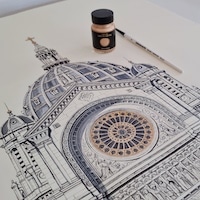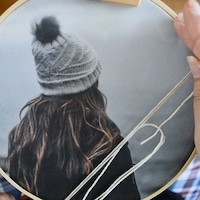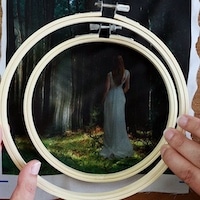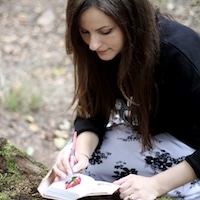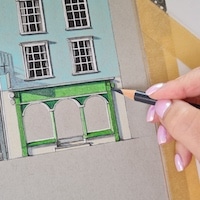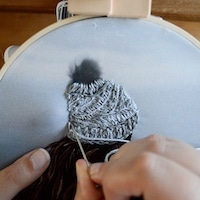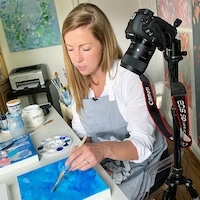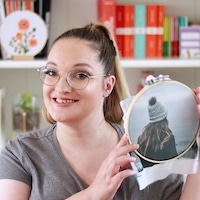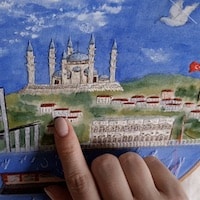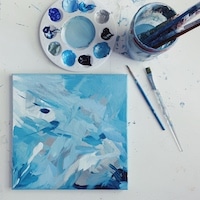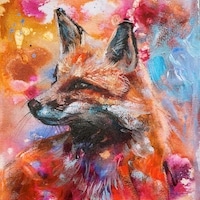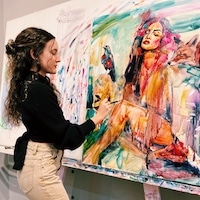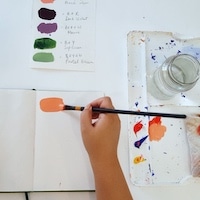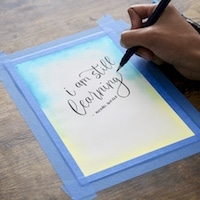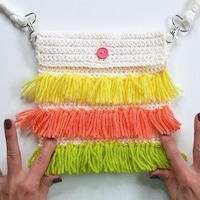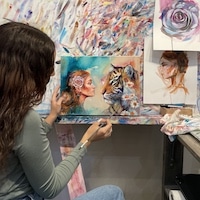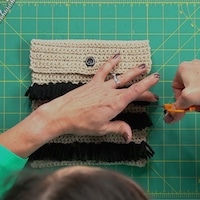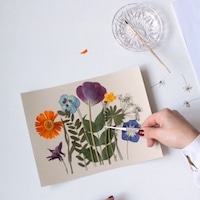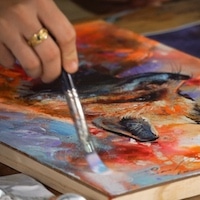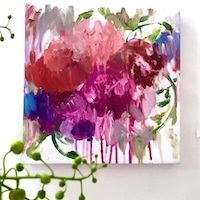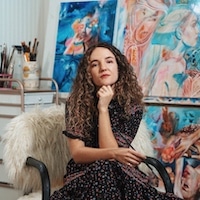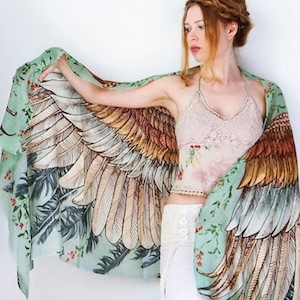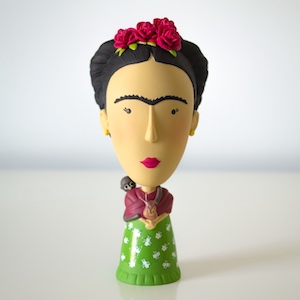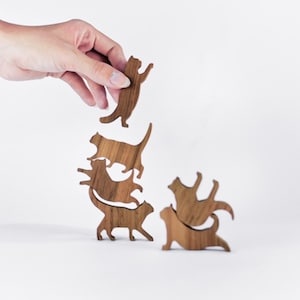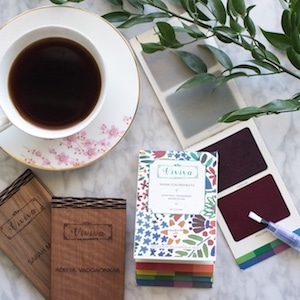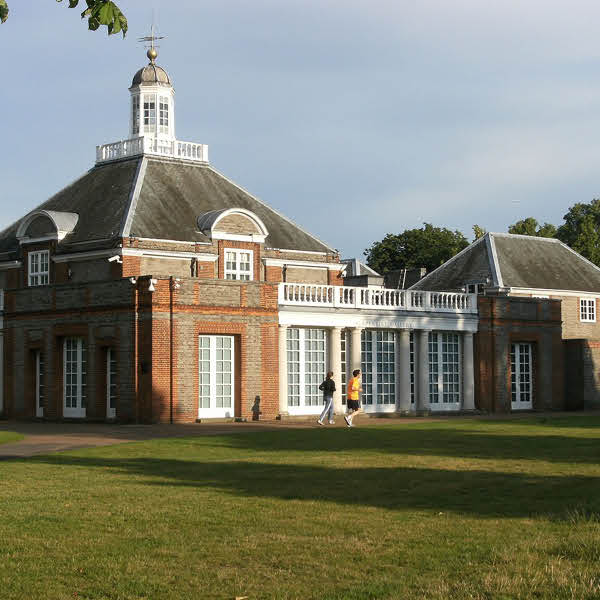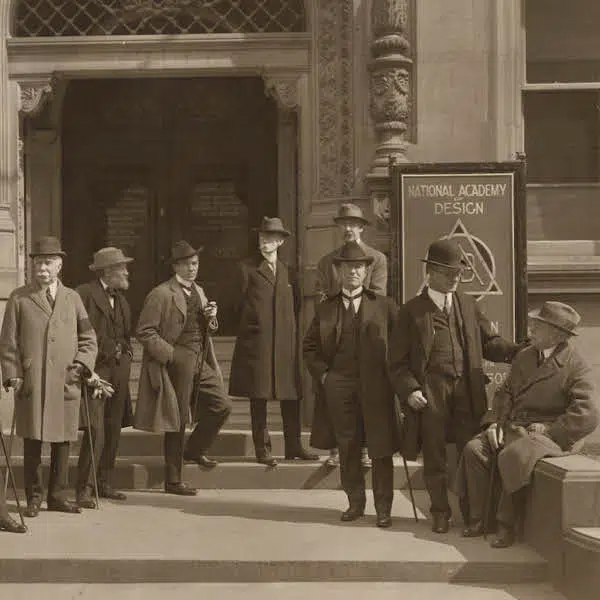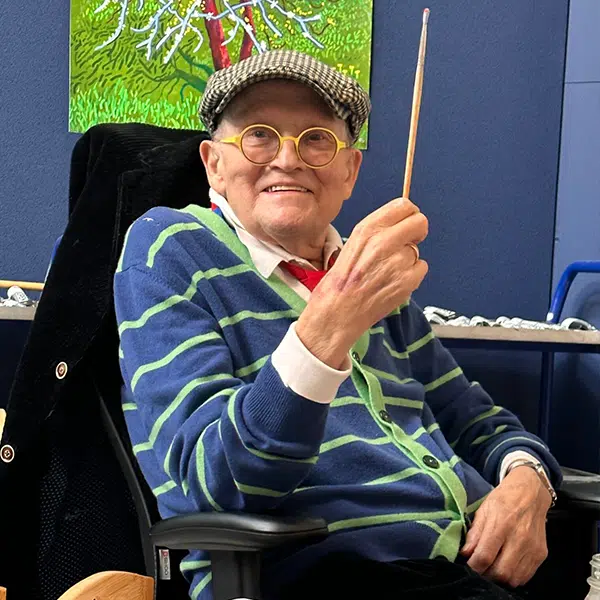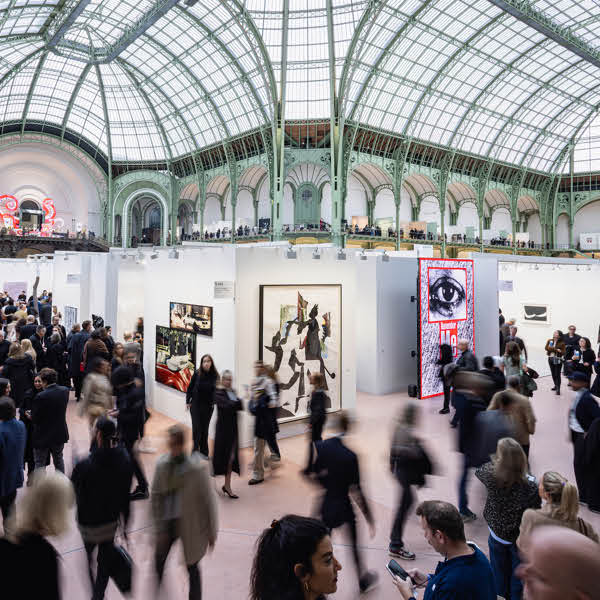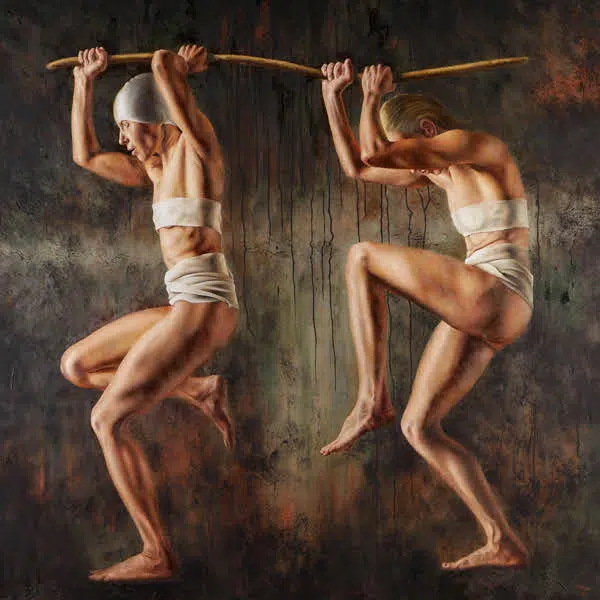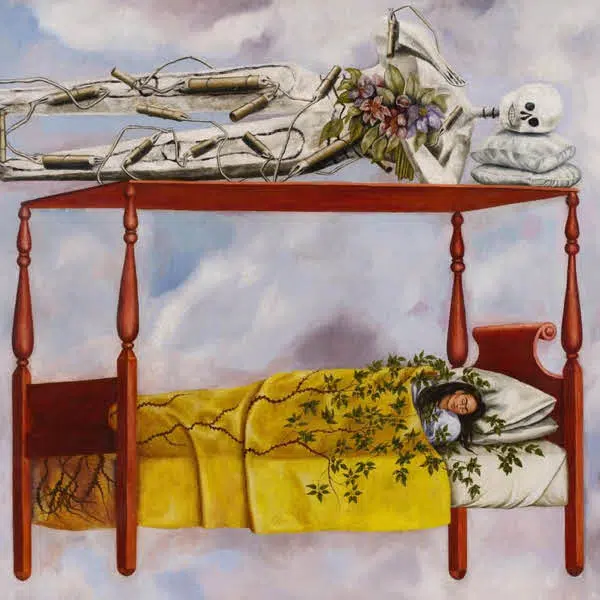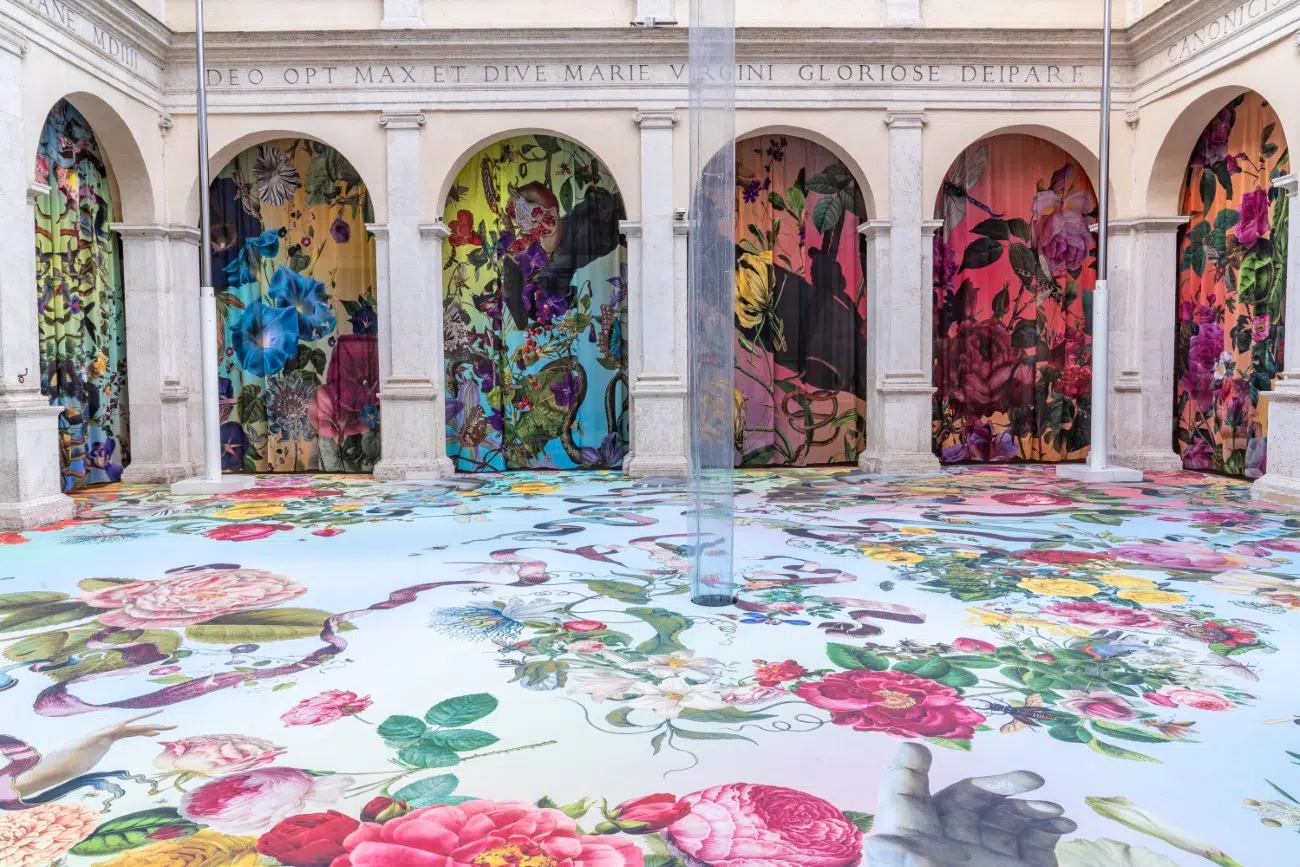
Austin Young (Fallen Fruit), “Temple of Flowers (Il Piccolo Paradiso),” 2025. Commissioned by Chiostro del Bramante for the exhibition Flowers. (Courtesy Austin Young)
In an exhibition that moves from classical to contemporary art, Rome's Chiostro del Bramante explores the timeless beauty of flowers. Flowers. Art from the Renaissance to Artificial Intelligence spans five centuries of art and uses painting, sculpture, manuscripts, tapestries, photographs, installations, AI, and AR to show the role that flowers have played in the evolution of history and society.
Site-specific installations by Rebecca Louise Law and Austin Young of Fallen Fruit sit beside the work of Jan Brueghel and William Morris, demonstrating the enduring significance of flowers iņ art. “Flowers are much more than simple decorative elements,’ explains Natalia de Marco, artistic director of the Chiostro del Bramante. “They act as universal symbols, epitomizing every aspect of life: from resilience to spirituality, from love to conflict, from science to ecology.”
Over 90 works from 10 countries show the myriad ways in which creatives are inspired by flowers. While Ai Weiwei‘s installation uses flowers as a symbol of resistance, Studio DRIFT‘s contribution shows the marriage between natural processes and technology. Ecological issues are also addressed, with bees and pollination incorporated into several pieces.
“The beauty of flowers is universal, but their interpretation changes over time and space,” De Marco shares. “This exhibition is an invitation to rediscover the evocative power of these extraordinary gifts of nature.”
Flowers. Art from the Renaissance to Artificial Intelligence is on view at the Chiostro del Bramante in Rome, Italy, until September 14, 2025.
Rome's Chiostro del Bramante explores the timeless beauty of flowers in an exhibition that moves from classical to contemporary art.
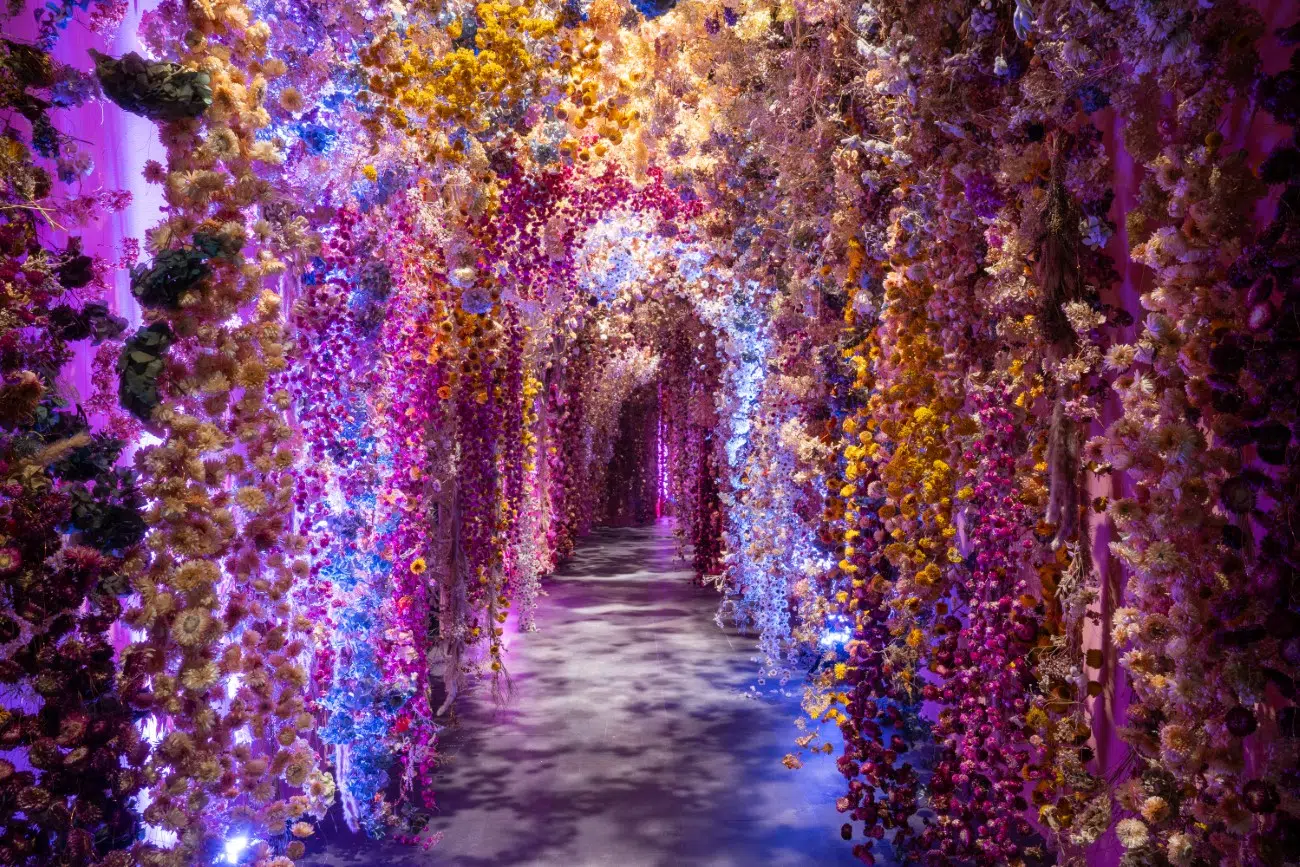
Rebecca Louise Law, “Calyx,” 2023, Dried flowers, copper wire, variable dimensions
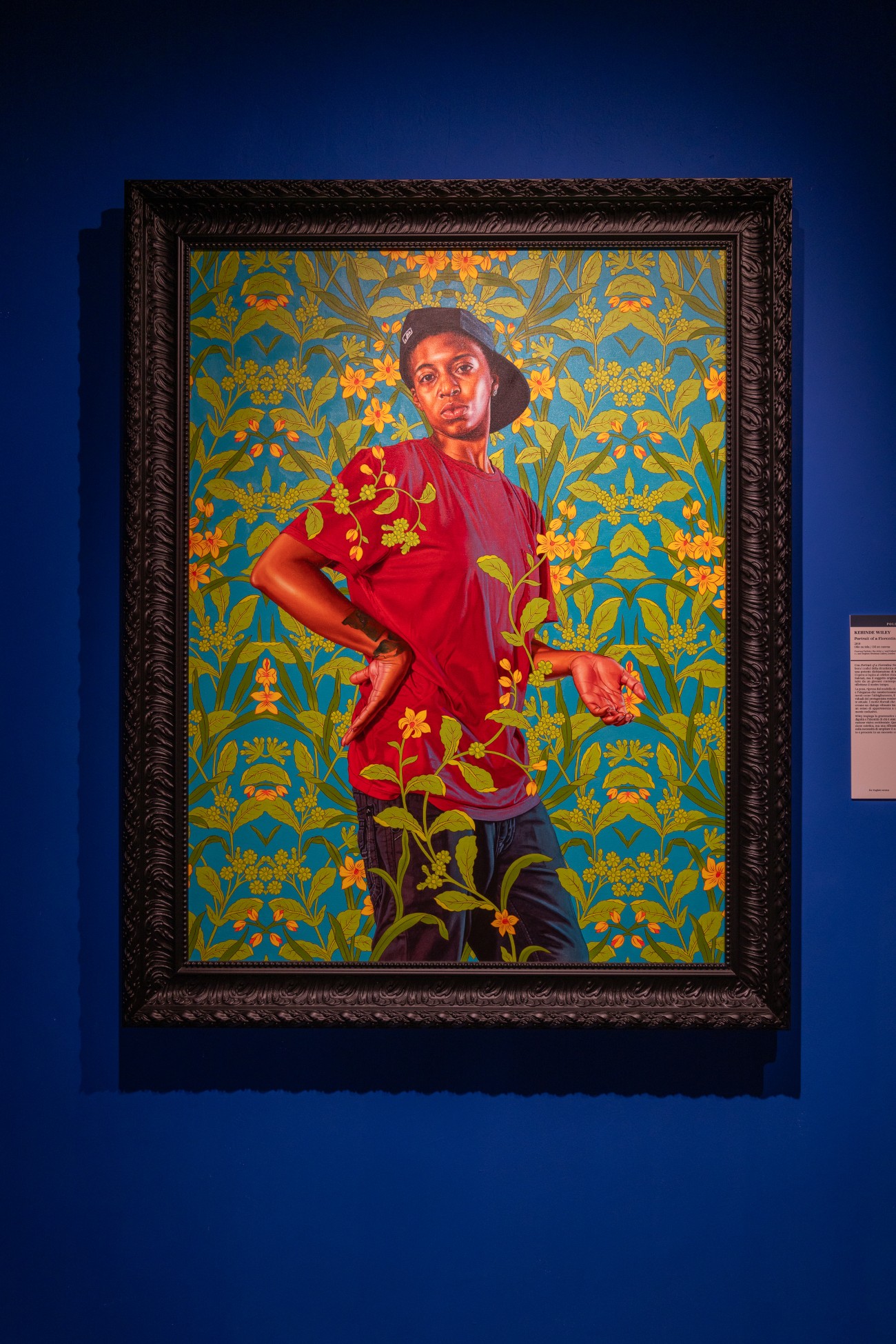
Kehinde Wiley, “Portrait of a Florentine Nobleman III,” 2019, Oil on canvas, 144x114x10,5 cm (Courtesy the Artist and Collection Vilsmeier – Linhares, Munich and Stephen Friedman Gallery – London)
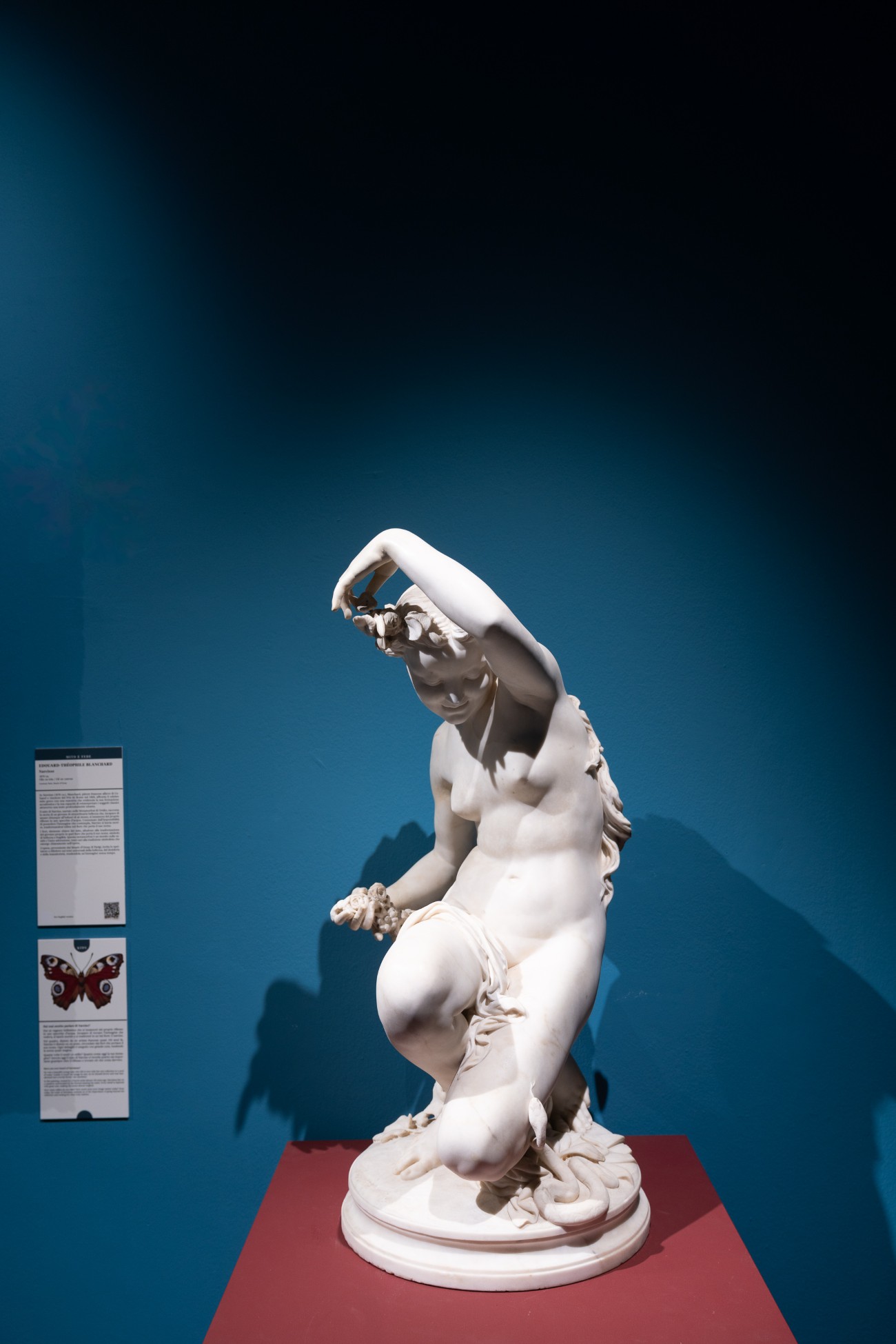
Jules-Aimée Dalou, “Eve,” 1866, Marble, 101x50x50cm, CC0, Paris Musées / Petit Palais, Musée des Beaux-Arts de la Ville de Paris
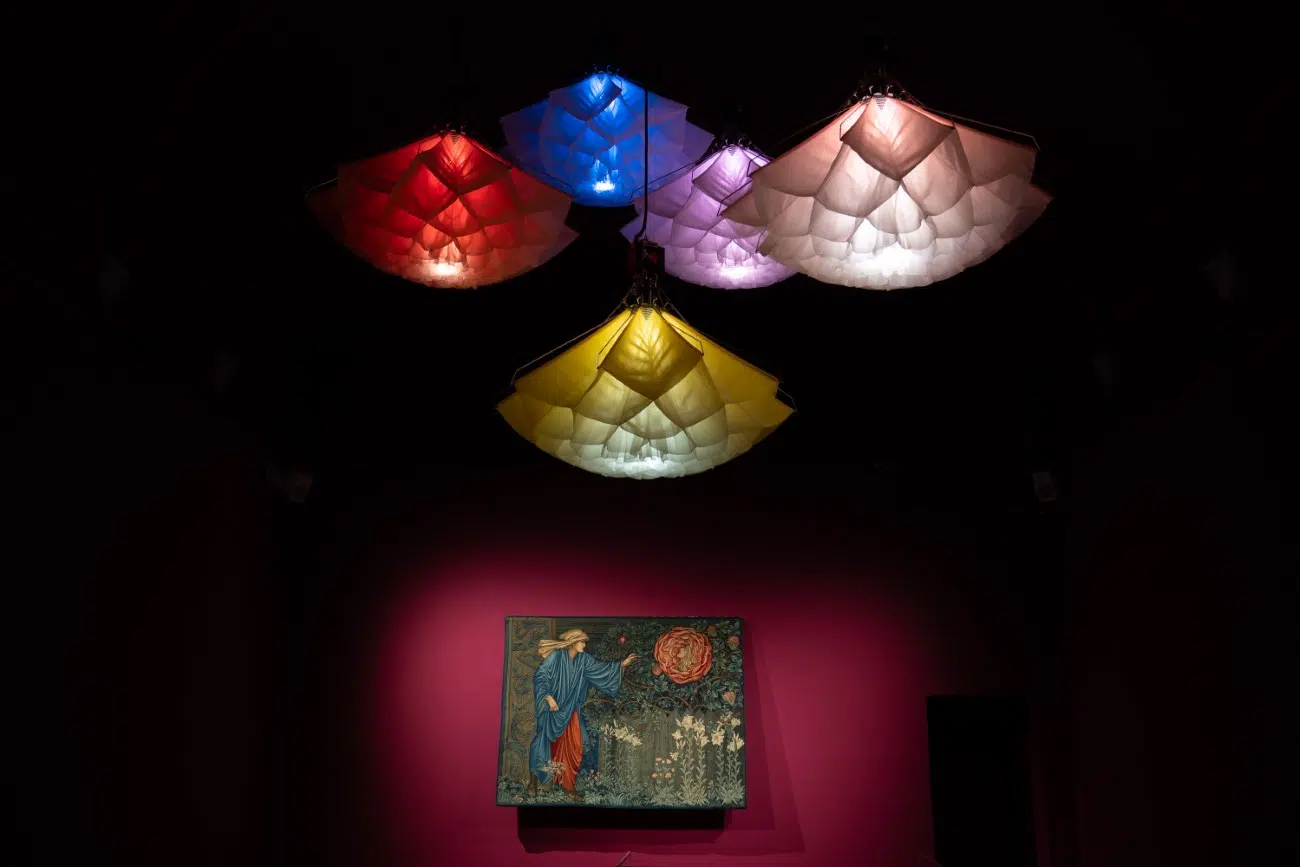
Studio Drift (Lonneke Gordijn and Ralph Nauta), “Meadow,” 2024, aluminum, stainless steel, printed fabric, LEDs, robotics, variable dimension
Flowers. Art from the Renaissance to Artificial Intelligence spans five centuries of art to show the role that flowers have played in the evolution of history and society.
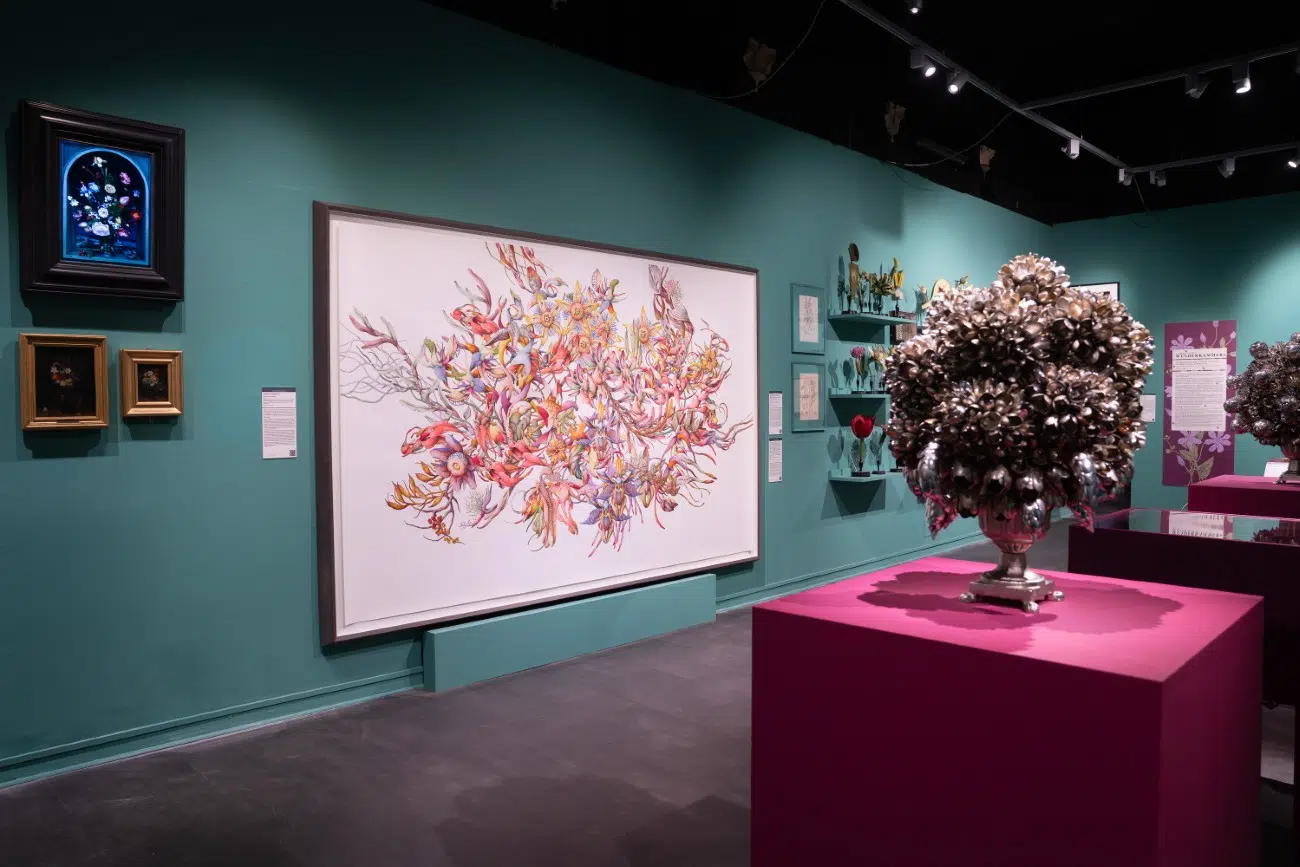
Installation view
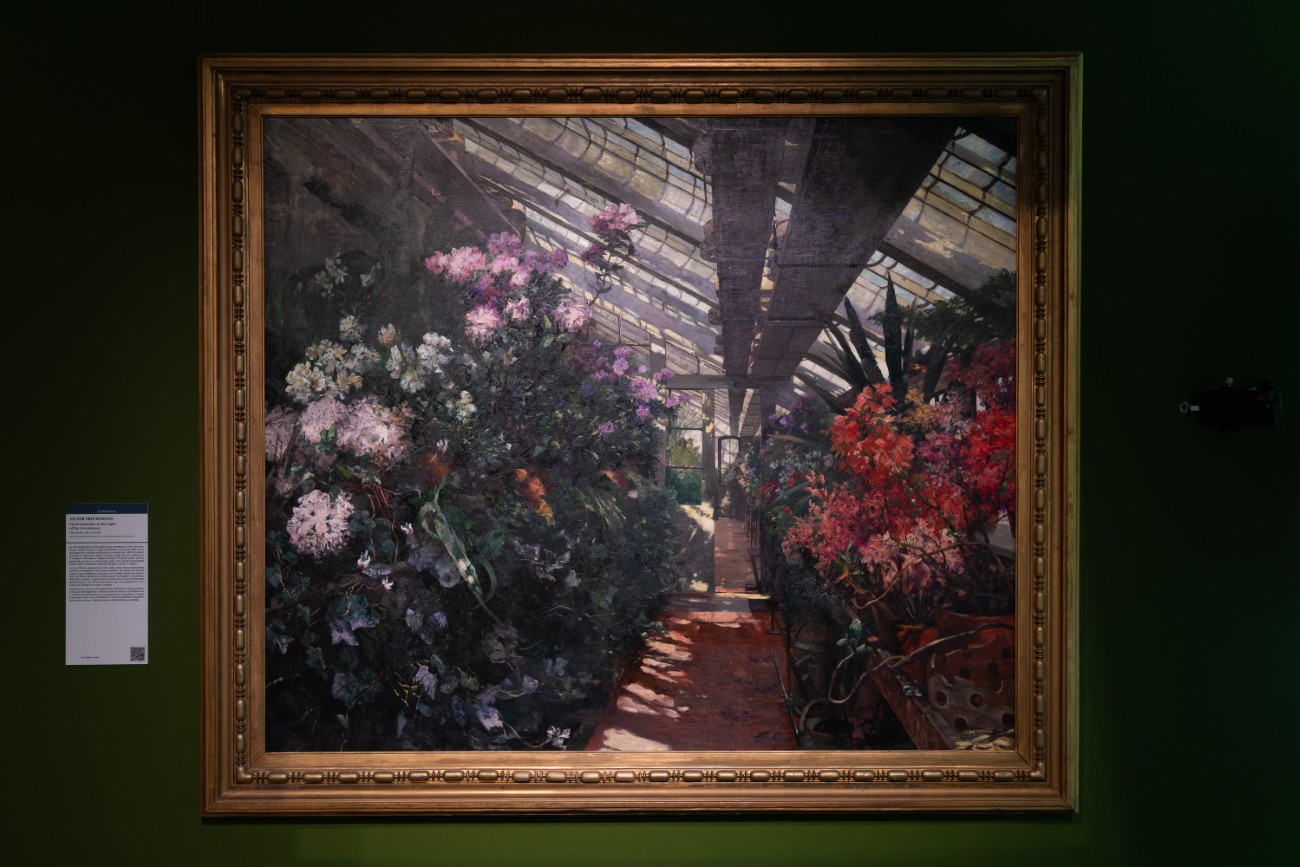
Victor Freudemann, “Floral Splendor in the Light of the Greenhouse,” Oil on canvas, 151x173cm (Courtesy Sebastian Kempf, Muenchen and Florentine Biere, Lohr, Germany)
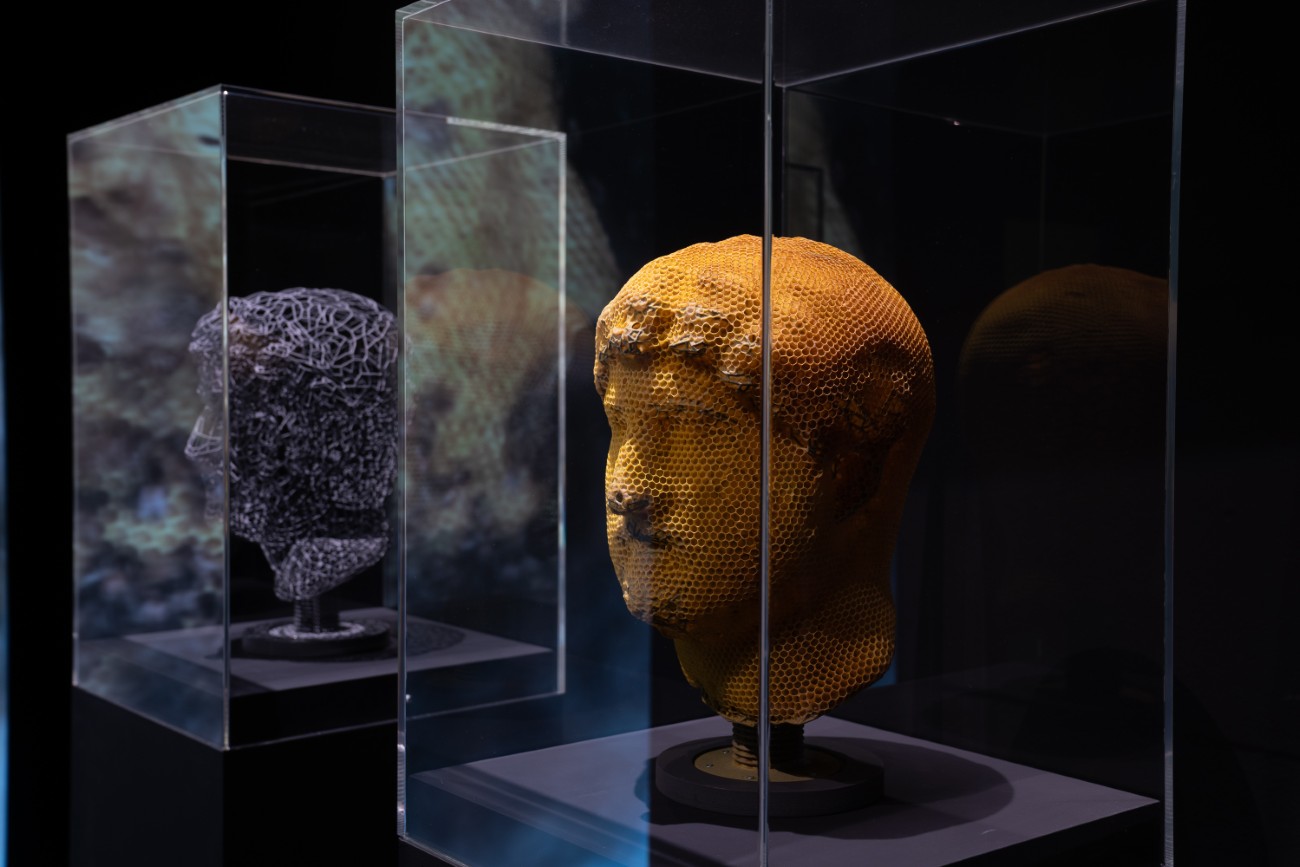
Installation view, details “Crafted by Bees,” Tomáš Libertíny with Rami Tareef and Dudi Mevorah curators of The Israel Museum, Jerusalem
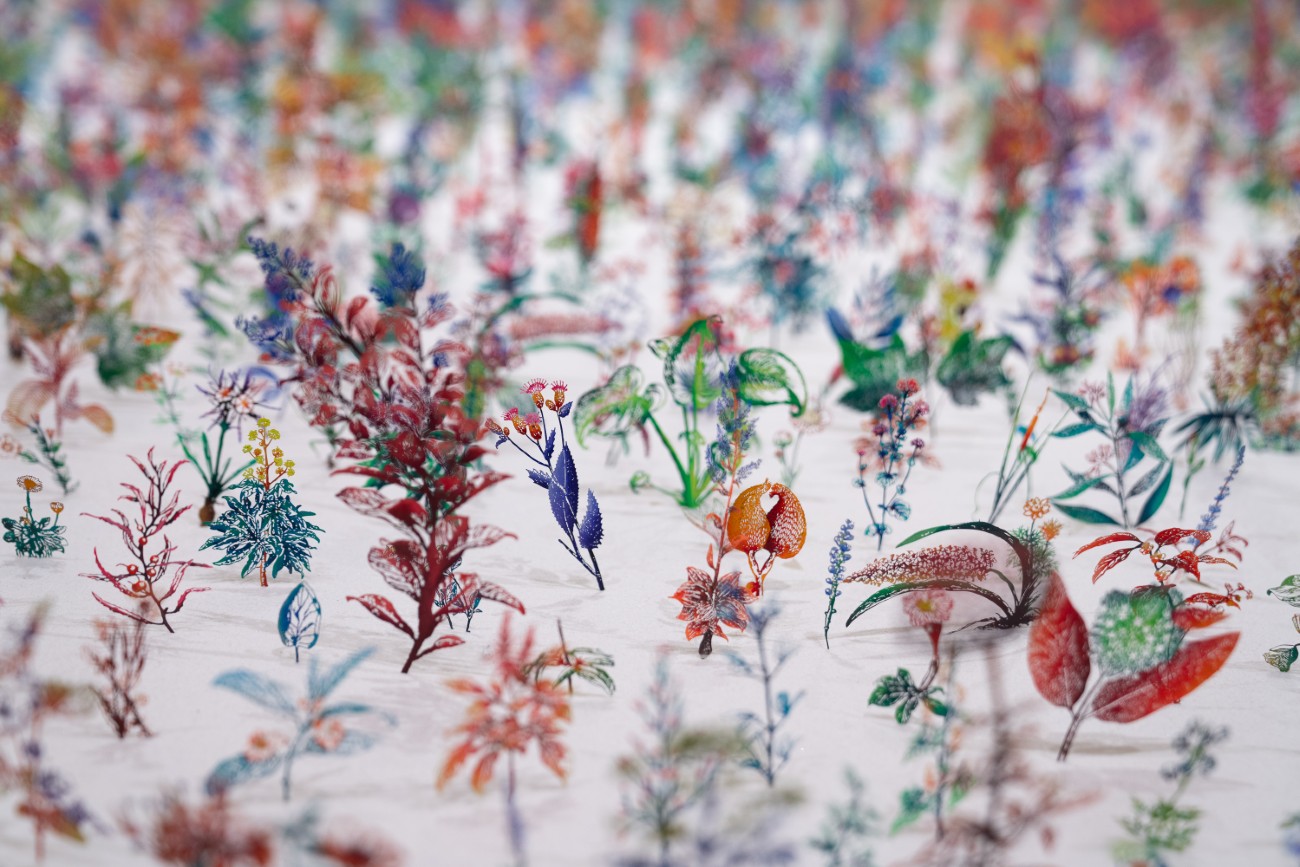
Zadok Ben-David, “Blackfield,” 2008-2015, hand-painted stainless steel and sand, variable dimension (Courtesy Zadok Ben-David)
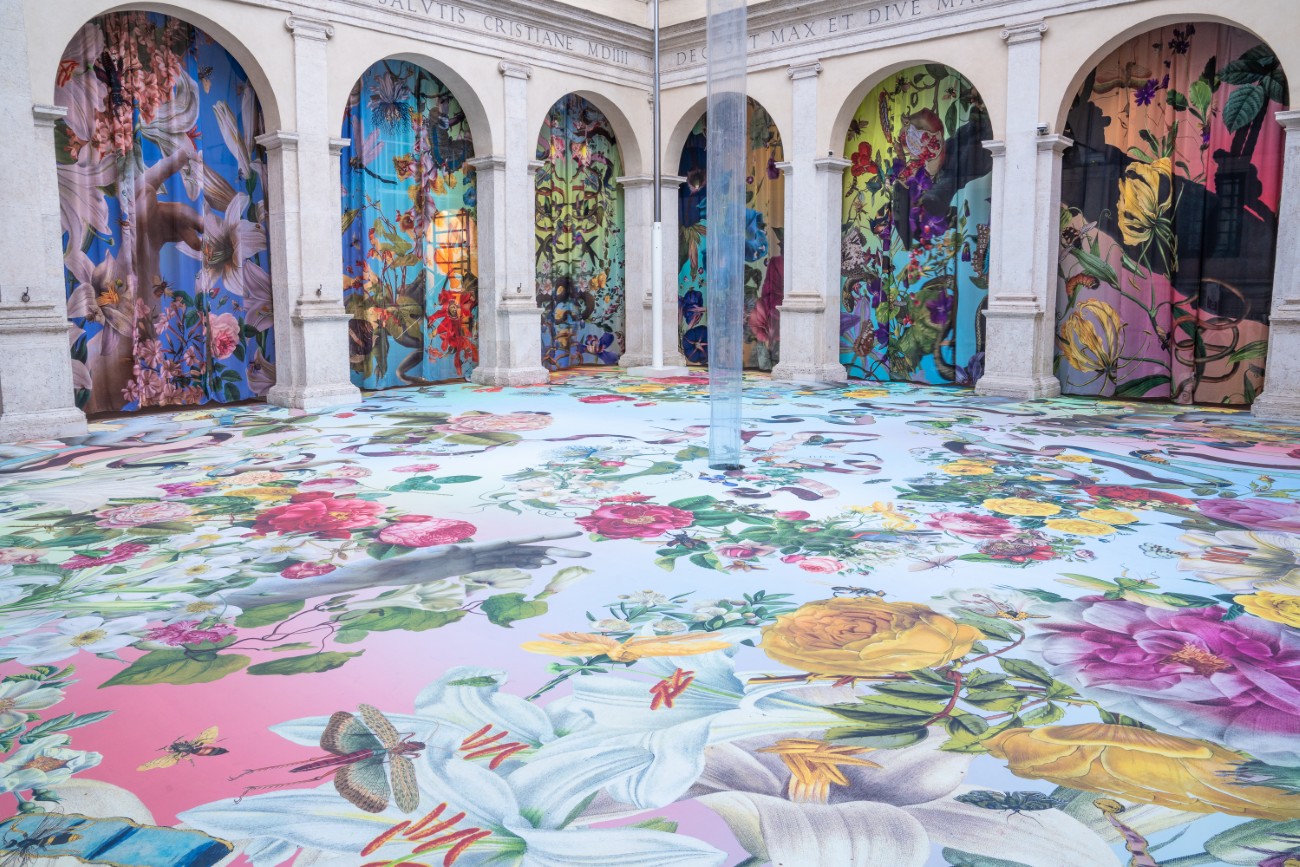
Austin Young (Fallen Fruit), “Temple of Flowers (Il Piccolo Paradiso),” 2025. Commissioned by Chiostro del Bramante for the exhibition Flowers. (Courtesy Austin Young)


